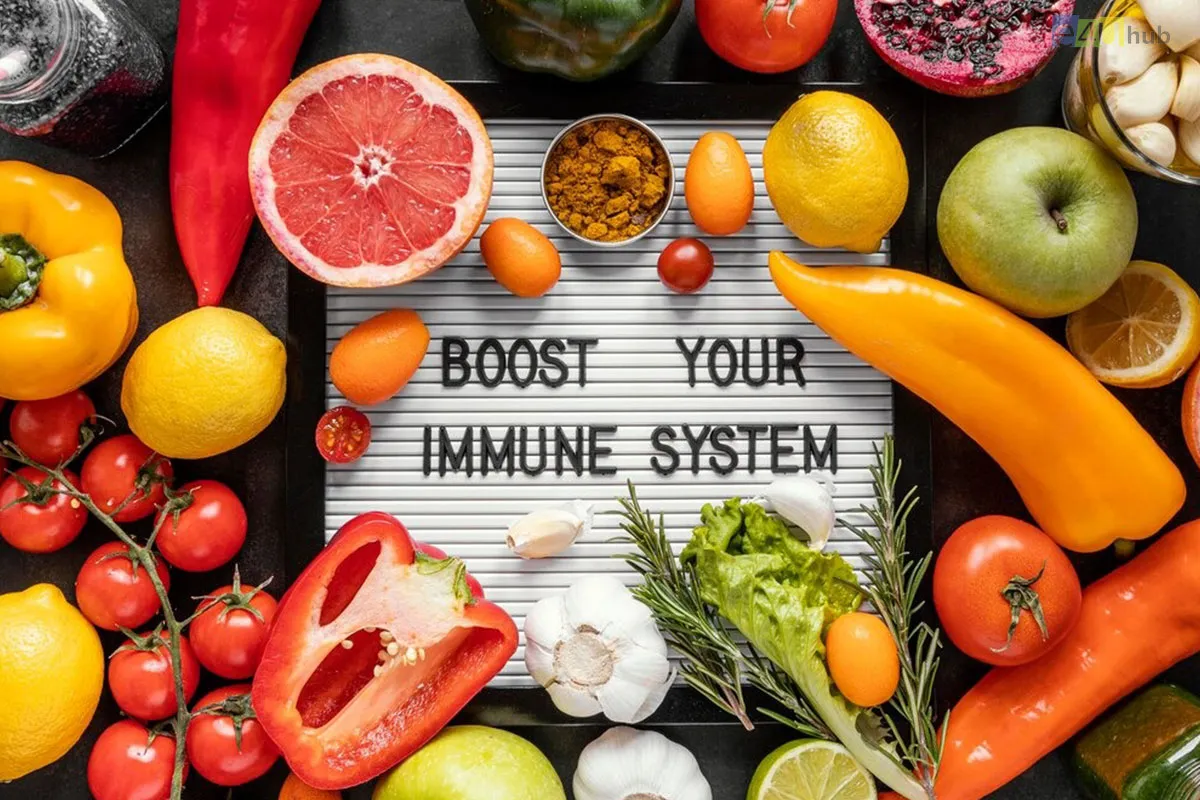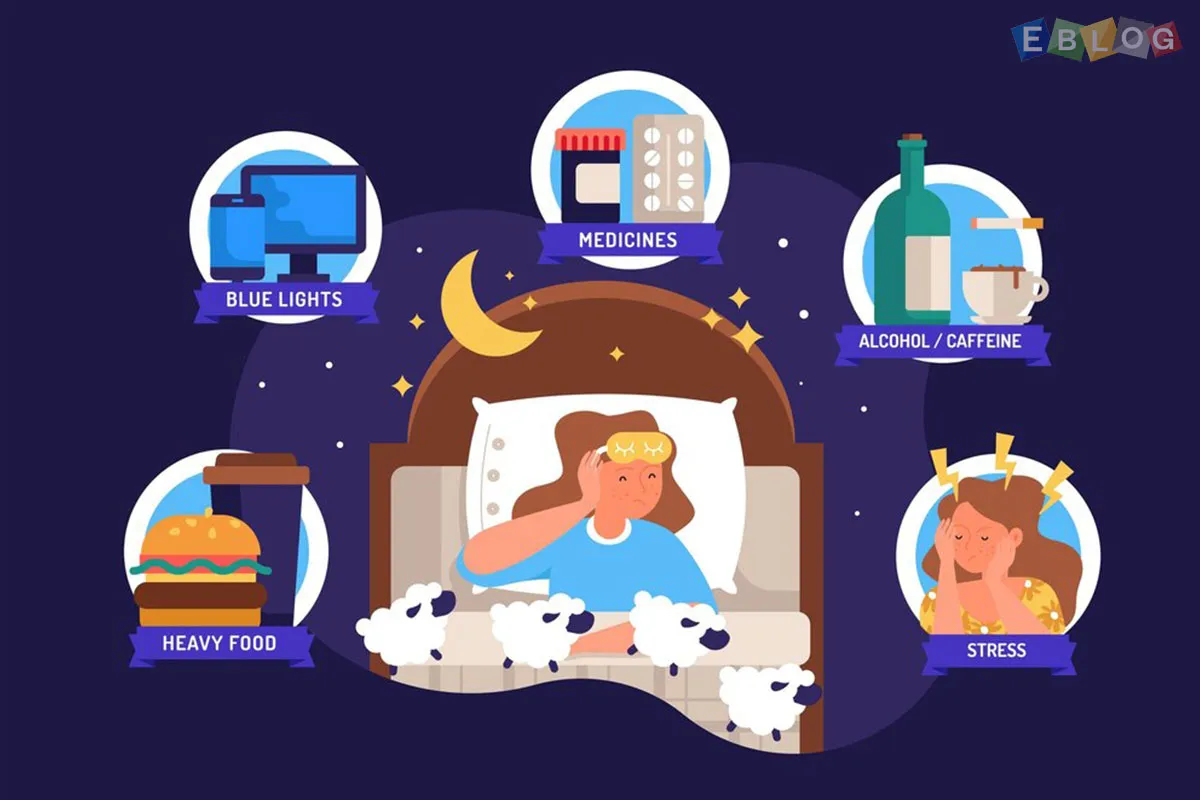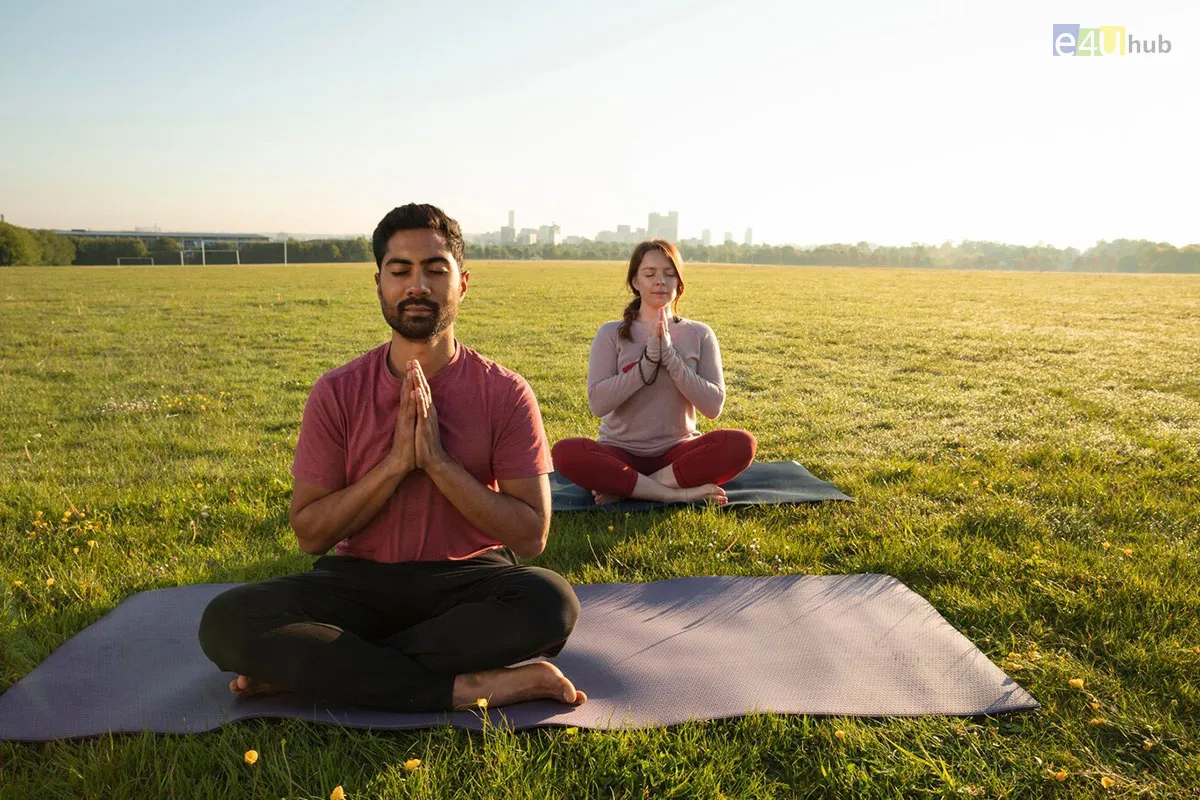
Mindfulness And Meditation: Your Path To A Healthier 2024
- 19 Jun, 2024
- Health
- 584 Views
- 0 Comments
As we navigate the complexities of modern life, the pursuit of mental and physical well-being has never been more critical. In 2024, mindfulness and meditation have emerged as essential practices for achieving a balanced and healthier lifestyle. These ancient techniques, grounded in centuries of wisdom, offer powerful tools to cope with stress, improve mental clarity, and enhance overall health. Let's explore how mindfulness and meditation can pave the way to a healthier you in 2024.
1. Understanding Mindfulness and Meditation
a. Mindfulness is being fully present and engaged at the moment, aware of your thoughts, feelings, and sensations without judgment. It involves paying attention to your surroundings and your internal state, fostering a deeper connection to the present.
b. Meditation is a broader practice that includes various techniques to train attention and awareness. It often involves focused attention, such as on the breath, a mantra, or a specific object, and aims to cultivate mental clarity and emotional calm.
2. Benefits of Mindfulness and Meditation
a. Stress Reduction
One of the most well-documented benefits of mindfulness and meditation is their ability to reduce stress. By promoting relaxation and helping individuals disconnect from the pressures of daily life, these practices lower cortisol levels, the body's primary stress hormone.
b. Improved Mental Health
Regular mindfulness and meditation practices have been shown to alleviate symptoms of anxiety and depression. They encourage a positive outlook by fostering a sense of inner peace and helping individuals develop healthier thought patterns.
c. Enhanced Cognitive Function
Mindfulness and meditation can improve focus, memory, and cognitive flexibility. Studies suggest that these practices increase grey matter in brain regions associated with learning, memory, and emotional regulation.
d. Better Physical Health
Beyond mental health, mindfulness and meditation contribute to physical well-being. They can lower blood pressure, improve sleep quality, and boost the immune system. Some research also suggests a link between meditation and reduced inflammation in the body.
e. Emotional Regulation
These practices help individuals become more aware of their emotions and develop better control over their reactions. This heightened emotional intelligence leads to improved relationships and a more balanced emotional life.
3. How to Incorporate Mindfulness and Meditation into Your Life
a. Start Small
Begin with short sessions of 5-10 minutes and gradually increase the duration as you become more comfortable. Consistency is more important than length, so aim to practice daily.
b. Create a Dedicated Space
Designate a quiet, comfortable spot in your home for meditation. This helps signal to your mind that it’s time to focus and relax.
c. Use Guided Meditations
Apps like Headspace, Calm, and Insight Timer offer guided meditations that can be especially helpful for beginners. These resources provide structure and support as you develop your practice.
d. Practice Mindfulness Throughout the Day
Incorporate mindfulness into everyday activities. Pay full attention to the taste and texture of your food, the sensation of water on your skin in the shower, or the rhythm of your breath while waiting in line.
e. Join a Community
Consider joining a meditation group or taking a mindfulness class. Community support can enhance motivation and provide valuable insights from experienced practitioners.
4. Practical Mindfulness Techniques
a. Breath Awareness
Focus on your breath, noticing the sensation of air entering and leaving your nostrils. When your mind wanders, gently bring your attention back to your breath.
b. Body Scan
Slowly scan your body from head to toe, paying attention to any sensations or areas of tension. This practice helps foster a deeper connection between your mind and body.
c. Loving-Kindness Meditation
This involves silently repeating phrases that express good wishes for yourself and others, such as “May I be happy, may I be healthy, may I be safe.” This practice cultivates compassion and empathy.
d. Mindful Walking
Walk slowly and deliberately, paying attention to the sensation of your feet touching the ground and the movement of your body. This practice is particularly effective for grounding and calming the mind.
5. The Future of Mindfulness and Meditation
In 2024, the integration of mindfulness and meditation into daily life is supported by advancements in technology and a growing body of scientific research. Wearable devices that track physiological responses to meditation, virtual reality environments for immersive mindfulness experiences, and AI-driven personalized meditation programs are making these practices more accessible and tailored to individual needs.
Moreover, the recognition of mindfulness and meditation in corporate wellness programs, schools, and healthcare settings highlights their importance in promoting a holistic approach to health. As these practices become more mainstream, they offer a promising path to achieving greater well-being in our fast-paced world.
6. Conclusion
As we journey through 2024, embracing mindfulness and meditation can lead to profound improvements in our mental, emotional, and physical health. These practices offer simple yet powerful tools to navigate the challenges of modern life with grace and resilience. By incorporating mindfulness and meditation into our daily routines, we can pave the way to a healthier, more balanced future. Start your journey today, and discover the transformative power of living mindfully.















Leave a Reply